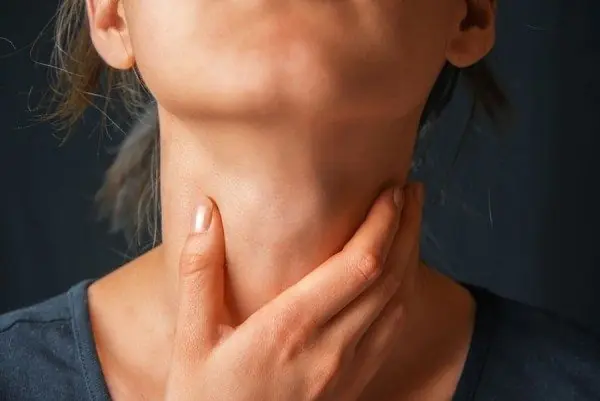
Red Spots on Skin: 13 Common Causes
13 Common Reasons for Red Spots on the Skin: Causes, Symptoms, and Treatments
Red spots on the skin are a widespread concern and can arise from numerous causes—ranging from mild irritations to underlying health conditions. Whether triggered by environmental factors, infections, allergic reactions, or autoimmune diseases, these spots can vary in appearance, severity, and required treatment. While some resolve on their own, others may demand medical attention to prevent complications.
Understanding what’s behind those red patches, bumps, or blotches can help guide proper treatment and ease anxiety. In this article, we explore 13 of the most common reasons behind red spots on the skin—what causes them, how to recognize them, and what you can do to treat or prevent them.
Additionally, it’s important to note that red spots can appear differently depending on skin tone. For example, acne may look red on lighter skin but appear darker or purple on deeper skin tones, which can sometimes lead to misdiagnosis or delayed treatment.
1. Heat Rash (Miliaria)
Heat rash, also called miliaria, often occurs in hot or humid weather when sweat glands become blocked. This results in small red bumps that may feel itchy, prickly, or sore. These bumps typically show up in areas prone to sweat, such as the armpits, chest, back, neck, groin, or under the breasts.
Factors like living in a hot climate, wearing tight or synthetic clothing, or being confined to bed for long periods can increase risk. To relieve symptoms, keep the skin cool with cool baths or compresses, and wear breathable clothing. Avoid using thick lotions that can trap heat and worsen symptoms.
Heat rash often clears up in a few days, but in cases where the skin becomes broken or infected, topical or oral antibiotics may be necessary. See a healthcare provider if you notice signs of infection, such as pus, skin flaking, or a whitish film over the rash.
2. Cherry Angiomas
Cherry angiomas are small, bright red or purplish growths that often appear on the trunk and develop with age, particularly in people over 30. Though they can bleed if scratched or bumped, they are entirely benign and not linked to cancer.
No treatment is usually needed unless for cosmetic reasons or frequent bleeding. If desired, removal methods include laser therapy, cryotherapy (liquid nitrogen), or electrosurgery. These procedures are minimally invasive and relatively painless.
3. Contact Dermatitis
Contact dermatitis is a common condition triggered by direct exposure to irritants or allergens. It presents as red, itchy patches or bumps and can be accompanied by dryness, flaking, or swelling.
There are two main types:
-
Irritant Contact Dermatitis – Results from damage to the skin's protective barrier by harsh substances like detergents or chemicals.
-
Allergic Contact Dermatitis – Occurs when the immune system overreacts to allergens such as nickel, latex, or fragrances.
Identifying the trigger is vital. In some cases, a patch test may be required. Avoiding the irritant or allergen is the most effective approach. Treatments may include over-the-counter hydrocortisone cream, oral antihistamines, or prescription-strength corticosteroids for more severe reactions.
4. Ringworm (Tinea Corporis)
Despite its name, ringworm is a fungal infection, not a parasitic one. It manifests as a red, ring-shaped rash with raised, scaly edges. Commonly found on the arms, legs, or trunk, it is highly contagious.
Ringworm spreads through direct skin contact, contaminated items (like towels or gym equipment), and even pets. Over-the-counter antifungal creams are often effective, but in more stubborn or widespread cases, oral antifungal medication may be needed. Prompt treatment is essential to prevent spread.
5. Atopic Dermatitis (Eczema)
Atopic dermatitis, also known as eczema, is a chronic inflammatory skin condition. It leads to red, dry, itchy patches that may crack or weep. It's particularly common in children, but adults can also develop or retain the condition.
Triggers include allergens, cold weather, hot showers, and stress. Managing eczema involves using moisturizers daily and avoiding irritants. Flare-ups may be treated with topical corticosteroids, oral antihistamines, or immunomodulators in more severe cases.
6. Drug Rash
Certain medications can trigger allergic skin reactions, known as drug rashes. These can range from mild hives or red patches to more serious blistering or widespread rashes. Common culprits include antibiotics, anticonvulsants, and NSAIDs.
Symptoms may occur days or even weeks after starting a new medication. Discontinuing the drug is usually the first step. However, additional treatments like steroids, antihistamines, or hospitalization in severe cases (such as Stevens-Johnson syndrome) may be required. Always consult a healthcare provider when a rash appears during medication use.
7. Pityriasis Rosea
Pityriasis rosea is a temporary rash, often starting with a single large red patch (herald patch), followed by smaller, ring-like lesions. It commonly affects teens and young adults and may be accompanied by mild flu-like symptoms.
While the cause isn’t fully understood, it's thought to be linked to viral infections. The rash usually resolves on its own in 6 to 8 weeks, but treatments like topical steroids, antihistamines, and antivirals can ease itching and discomfort.
8. Blood Spots (Purpura)
Purpura refers to red or purple spots caused by bleeding beneath the skin. Unlike a bruise, these spots don't fade with pressure. Purpura may result from trauma, low platelet counts, or clotting disorders.
While small patches may be harmless, widespread purpura can indicate serious conditions like vasculitis or leukemia. Diagnosis requires blood tests and a physical exam. Treatments range from steroids to IV medications, depending on the underlying cause.
9. Swimmer’s Itch (Cercarial Dermatitis)
Swimmer’s itch is an allergic reaction caused by skin contact with parasite larvae (schistosomes) found in freshwater or saltwater. It results in red, itchy bumps or welts appearing within hours after swimming.
Although uncomfortable, the condition isn’t contagious or dangerous. It typically resolves within a few days. Relief may be achieved with topical corticosteroids, oral antihistamines, and, in rare cases, antibiotics if the skin becomes infected due to scratching.
10. Psoriasis
Psoriasis is a chronic autoimmune condition marked by rapid skin cell turnover, leading to thick, red plaques covered with silvery scales. Common sites include elbows, knees, and scalp.
Triggers include stress, medications, or skin injury. Management varies by type and severity, including topical treatments, UV light therapy, systemic immune-suppressing medications, and biologic injections. Lifestyle changes like reducing stress and maintaining skin hydration can also help reduce flare-ups.
11. Lichen Planus
Lichen planus is a lesser-known autoimmune skin disorder causing itchy, flat-topped, reddish-purple spots. It can affect the skin, mouth, nails, genitals, or scalp.
The condition often affects women aged 30 to 60 and may be linked to genetics or viral infections. While not contagious, lichen planus can be persistent and recur. Treatments include topical corticosteroids, retinoids, and antihistamines to control itching and inflammation.
12. Petechiae
Petechiae are tiny red or purple dots resulting from bleeding under the skin. Unlike rashes, petechiae don't fade when pressed and often appear in clusters on the arms, legs, or torso.
They are often signs of an underlying issue, such as infection, allergic reactions, or bleeding disorders. Seek immediate medical attention if petechiae are accompanied by fever, fatigue, or other systemic symptoms, as this could signal a serious infection like meningitis or sepsis.
13. Pimples (Acne Vulgaris)
Acne vulgaris, commonly known as acne, leads to red spots on the face, chest, and back due to blocked pores from oil, dead skin, and bacteria. It’s most common in adolescents but can persist into adulthood.
Mild acne can be managed with OTC cleansers containing benzoyl peroxide or salicylic acid. More severe forms like cystic acne may require topical retinoids, oral antibiotics, isotretinoin, or hormonal therapy. Dermatological procedures like chemical peels or laser therapy may also be beneficial.
When to See a Doctor
Red spots on the skin can range from harmless to serious. While many resolve on their own, it’s crucial to monitor symptoms and consult a healthcare provider if:
-
The rash spreads quickly
-
You experience fever, fatigue, or swelling
-
There's pus, severe pain, or difficulty breathing
-
The spots don’t improve with
News in the same category

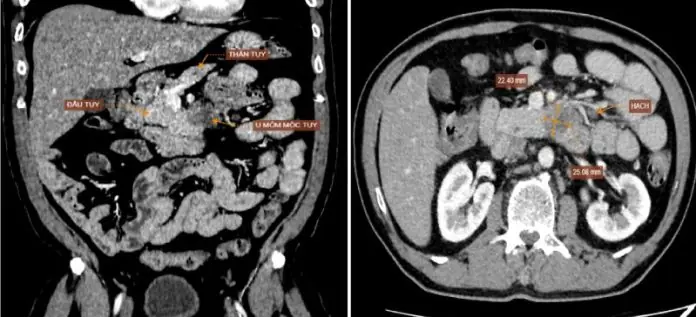
Discovered to Have One of the Deadliest Cancers After Just One Warning Sign
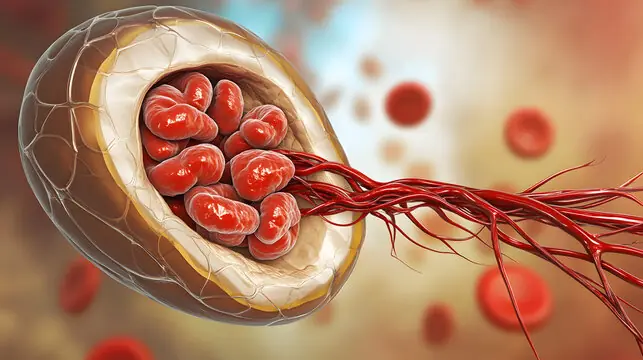
New Tiny Machine Removes Cholesterol from Arteries Without Surgery
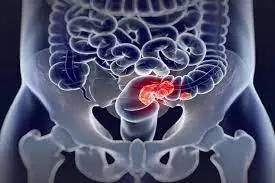
Powerful Simulation Reveals How Cancer Progresses and Ultimately Causes Death
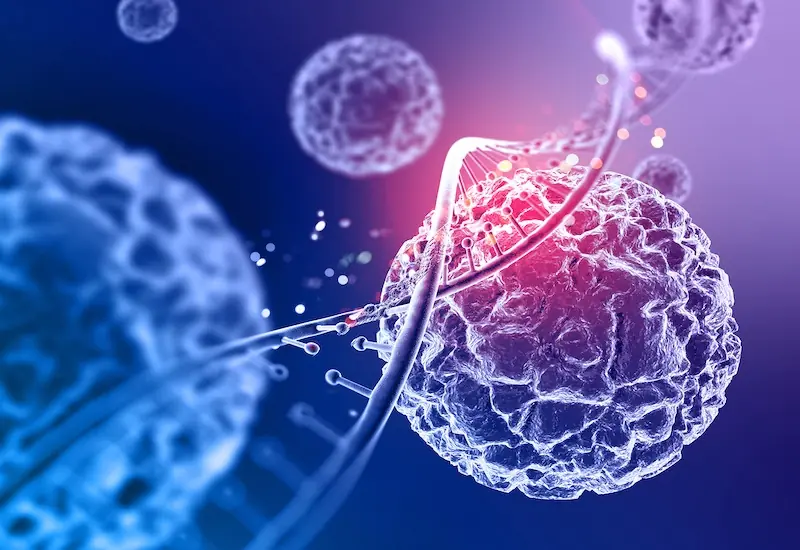
Three Family Members Diagnosed with Thyroid Nodules – The Mother Collapses: “I Thought Eating More of Those Two Things Prevented Cancer”
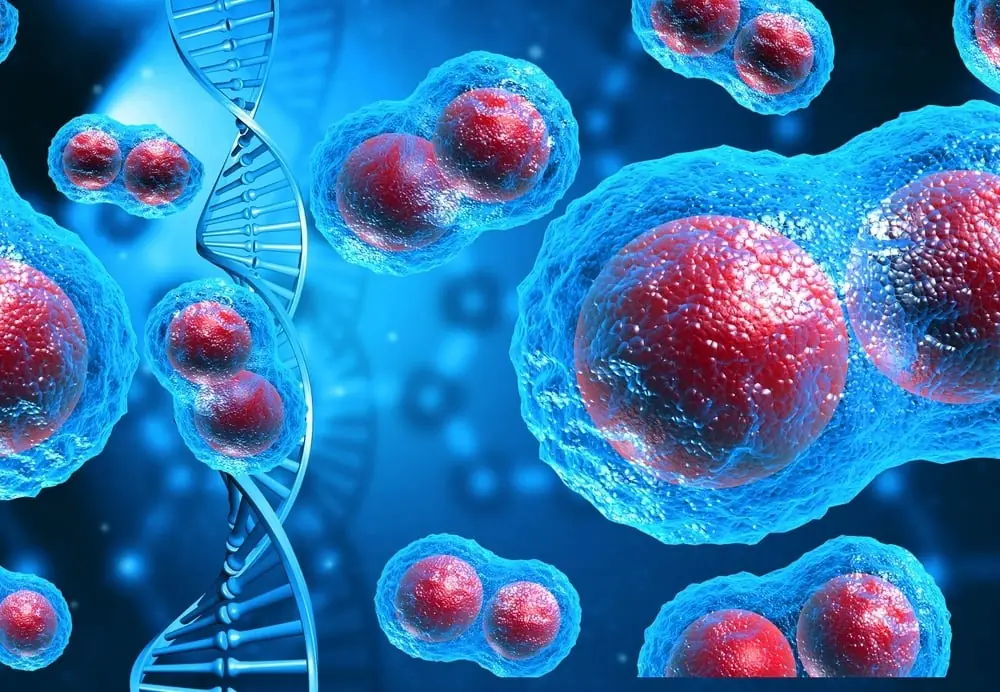
A Family of Four Siblings Diagnosed with Stomach Cancer – Doctor Shakes His Head: Two "Deadly" Common Habits Many People Share
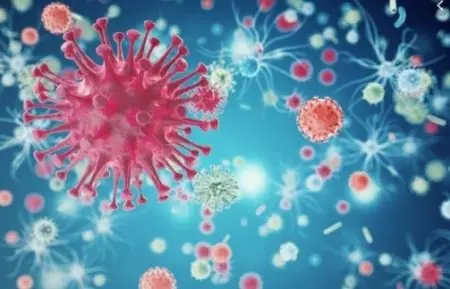
A 49-Year-Old Man Dies of Brain Hemorrhage – Doctor Warns: No Matter How Hot It Gets, Don't Do These Things
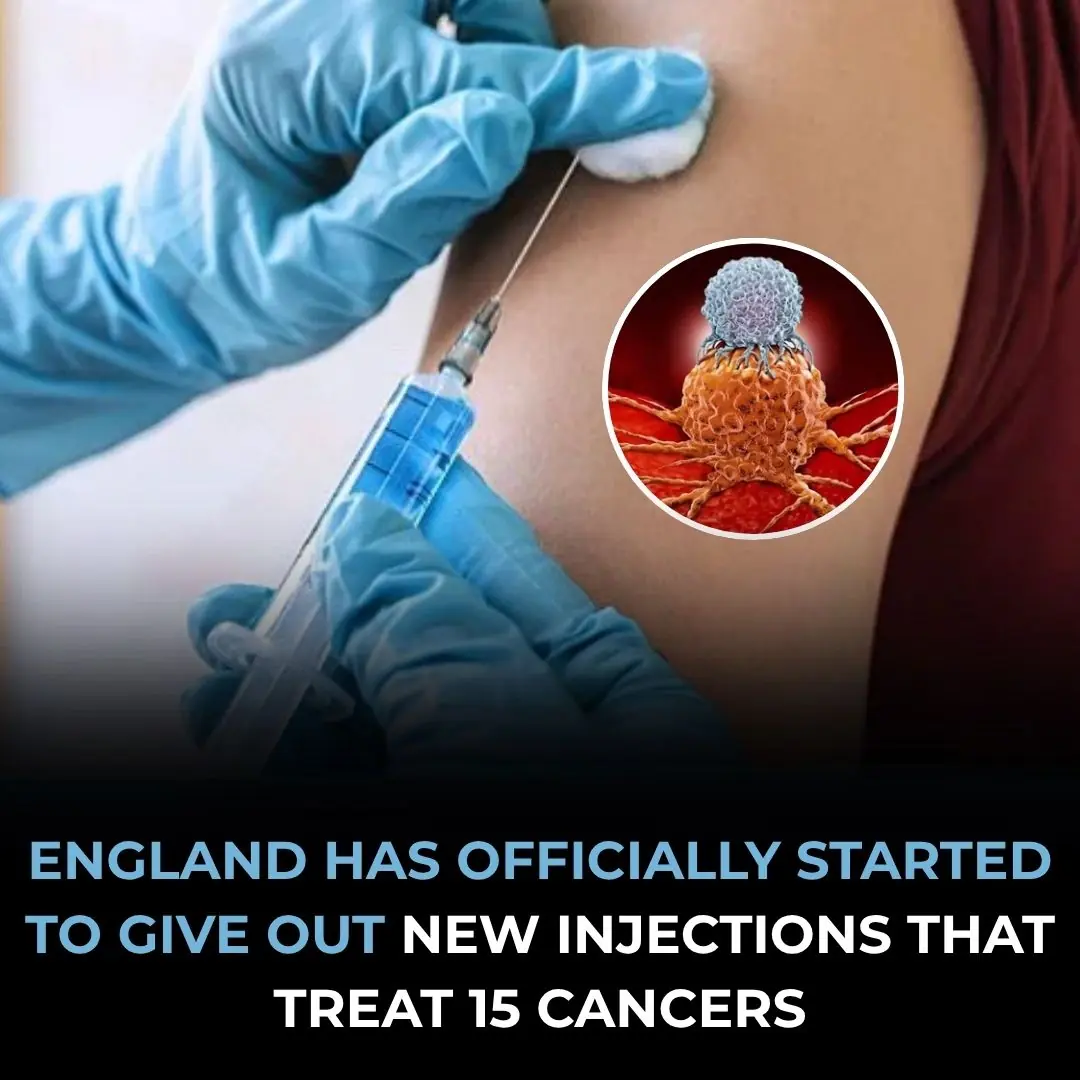
England Has Officially Started To Give Out New Injections That Treat 15 Cancers
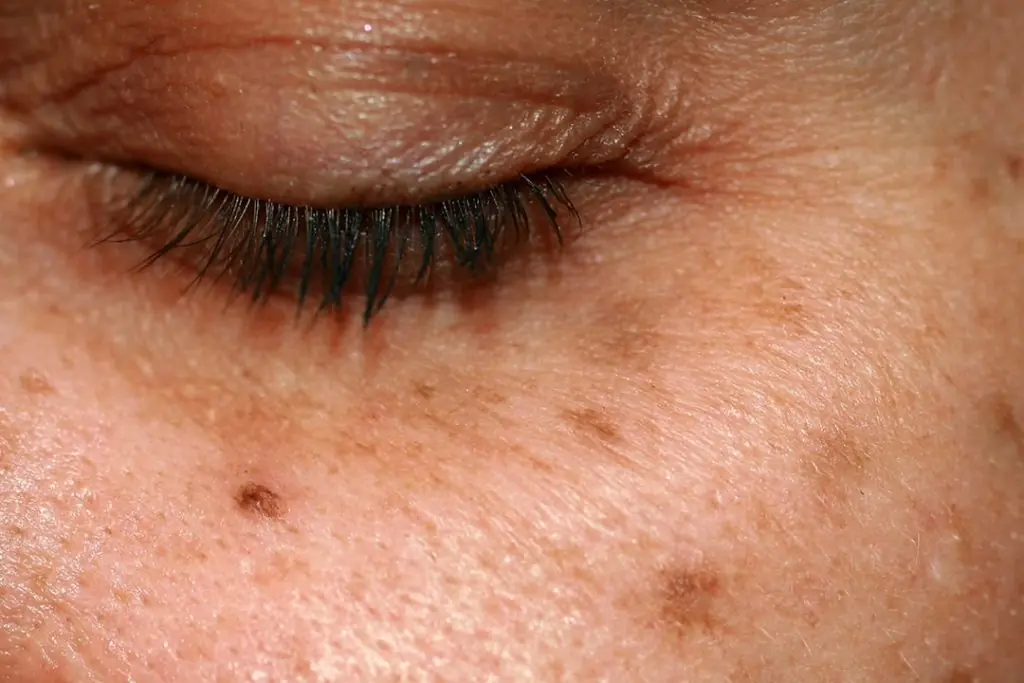
How to Fade Age Spots: Causes, Treatments, and Prevention That Actually Work
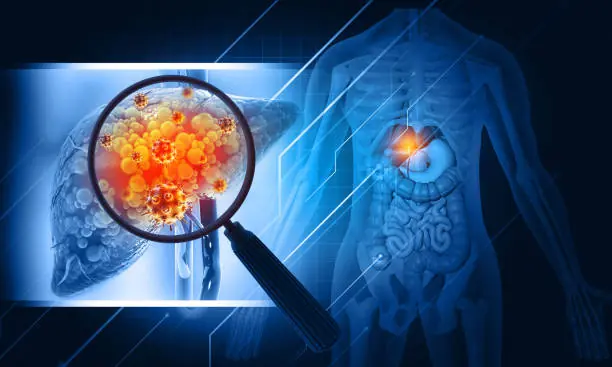
Early Warning Signs of Liver Damage — And How to Protect and Strengthen Your Liver Naturally
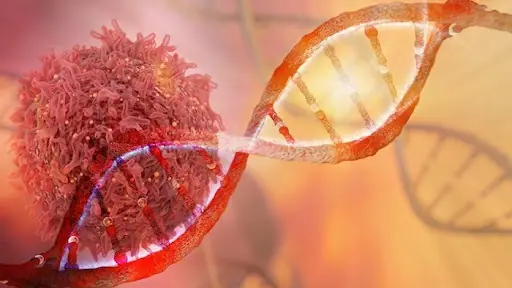
Two Itchy Areas on the Body May Signal Liver Cancer—Many Mistake It for an Allergy
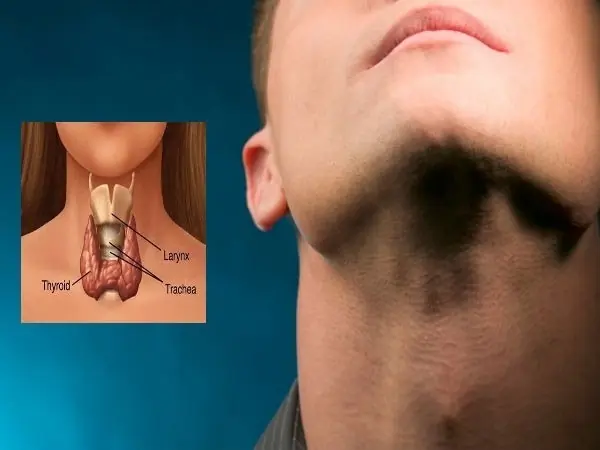
The Number of People with Thyroid Nodules Is Increasing! Doctors Repeatedly Emphasize: Eat Fewer Tomatoes and More of These 3 Foods
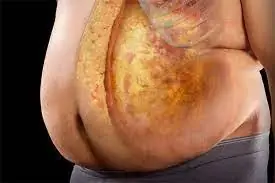
More and More People Are Suffering from Visceral Fat! Doctor: 9 Foods That Help Reduce Visceral Fat – Eat Them Regularly

5 everyday drinks that can harm your liver like alcohol

Your Guide to Preparing for the Gynecologist: 10 Key Dos and Don’ts

A 6-year-old boy diagnosed with late-stage canc3r, his father regrets after doctors reveal the cause linked to a popular type of beverage
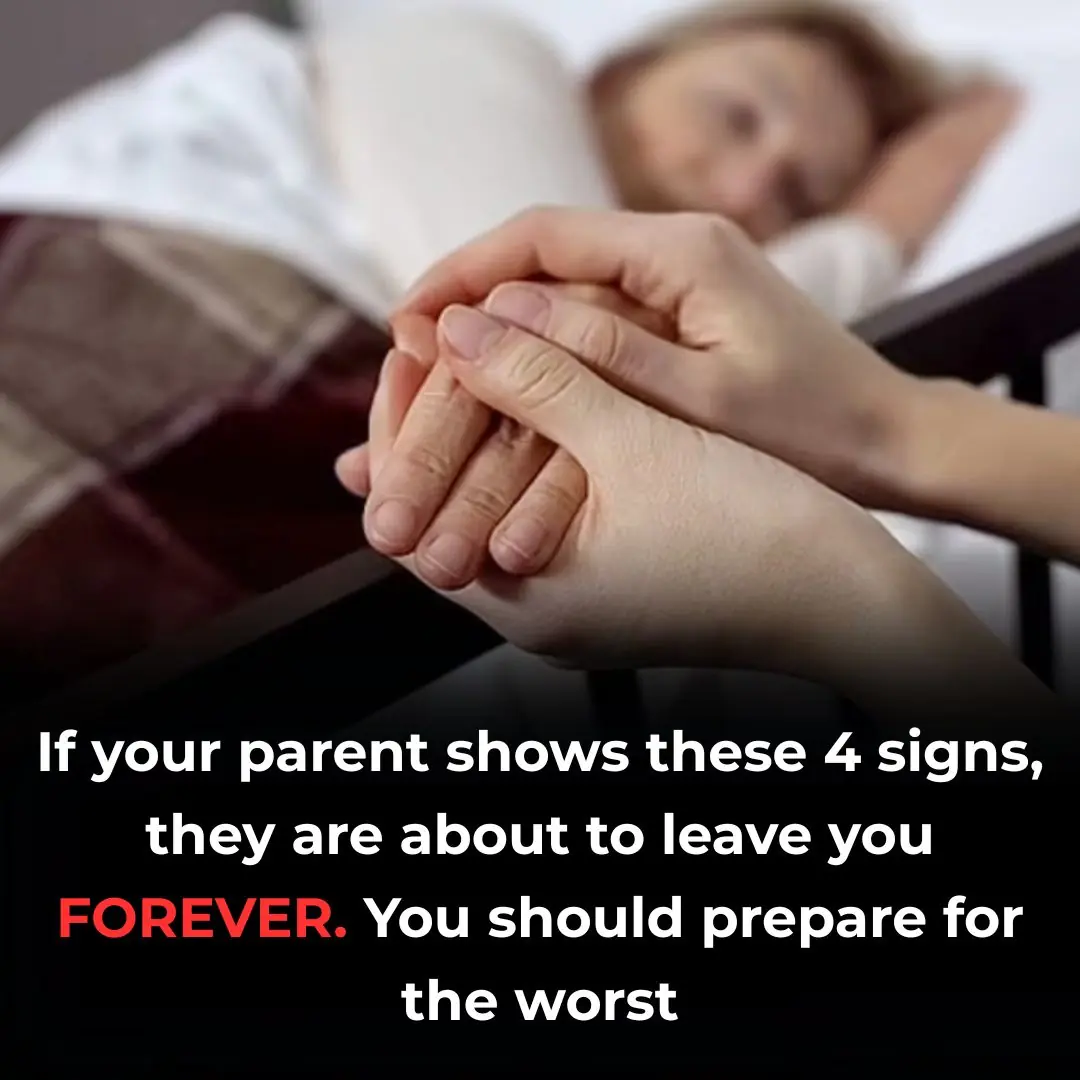
If Your Parent Shows These 4 Signs, They May Be Nearing the End of Life. Prepare Yourself for What’s to Come
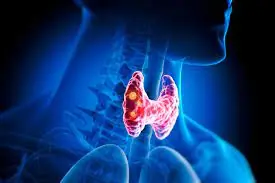
Top 13 Signs That You May Have a Thyroid Disorder
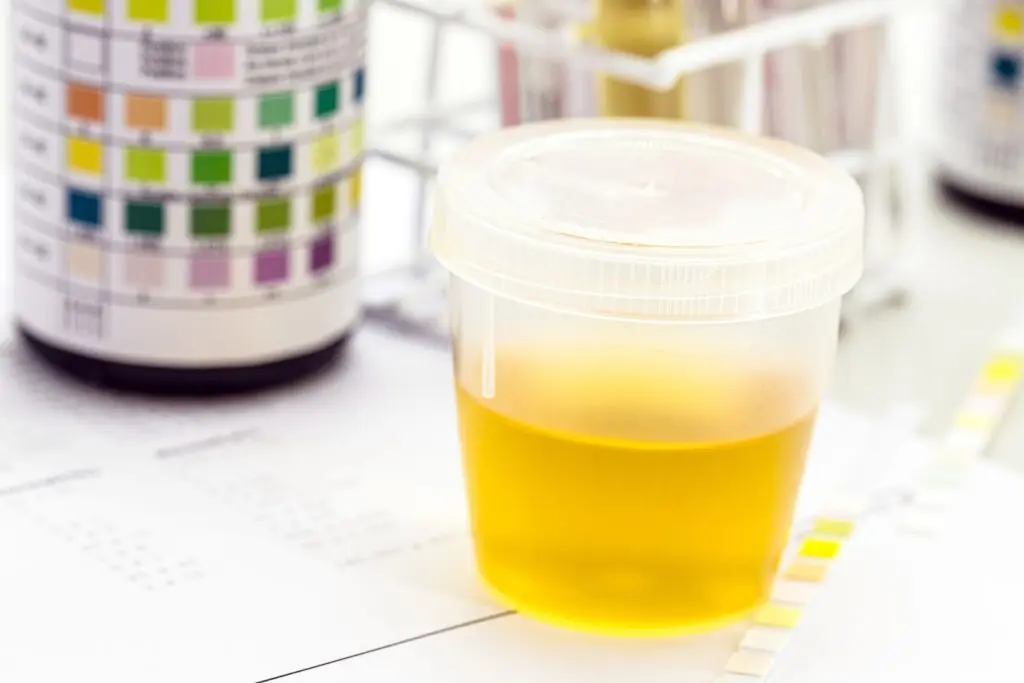
What Can Your Urine Tell You About Your Health?
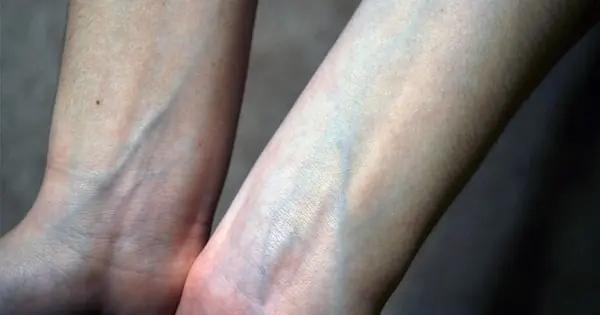
If You See Someone with Prominent Blue Veins, You Must Tell Them This — It Could Save Their Life
News Post

Afraid of Surgery, the Woman Used This for 6 Years to Shrink Her Tumor Based on a Tip – Oncologist’s Four Words Left Everyone Stunned

Discovered to Have One of the Deadliest Cancers After Just One Warning Sign
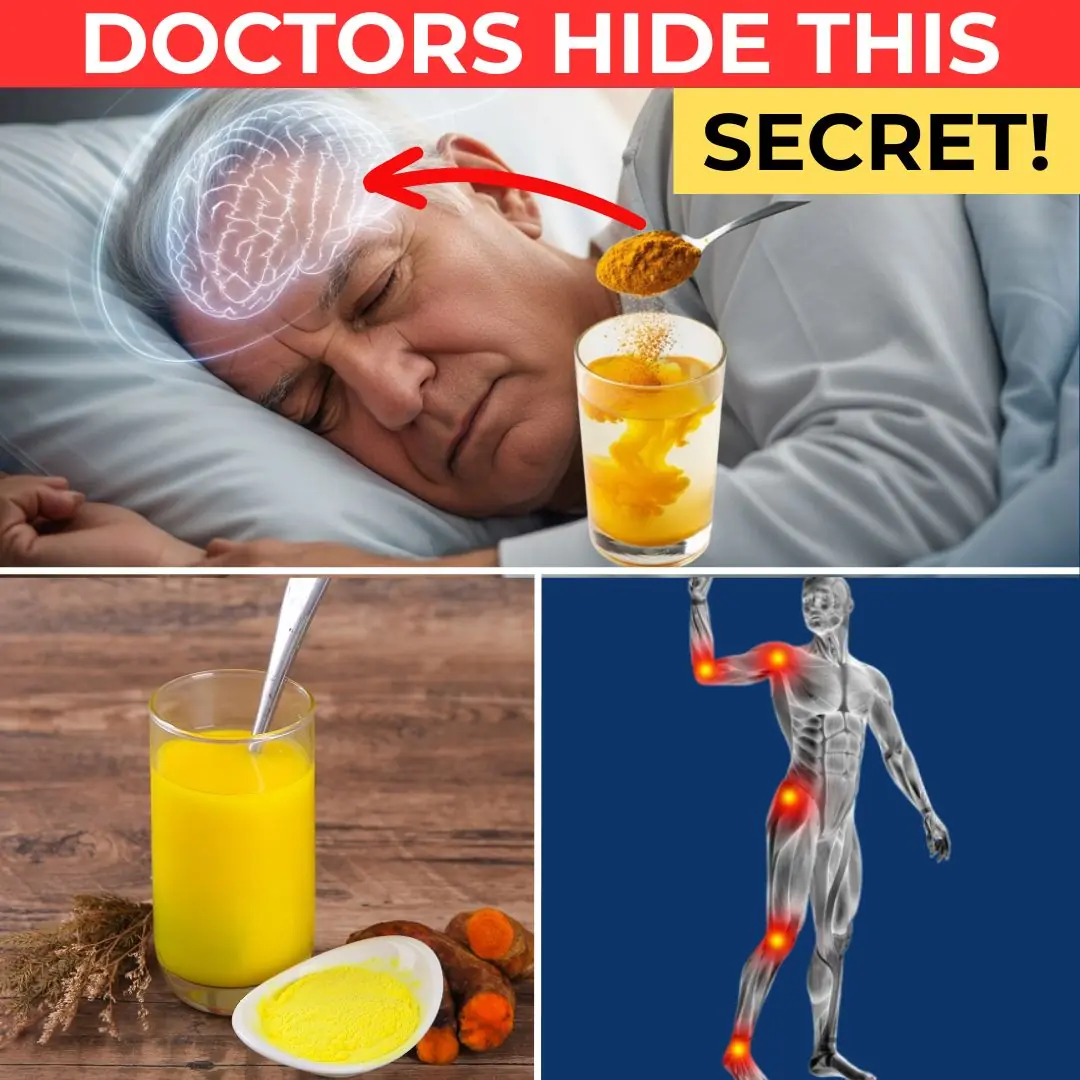
The Surprising Benefits of Drinking Turmeric Water at Night: 8 Reasons You Should Make It a Habit Today 🌙
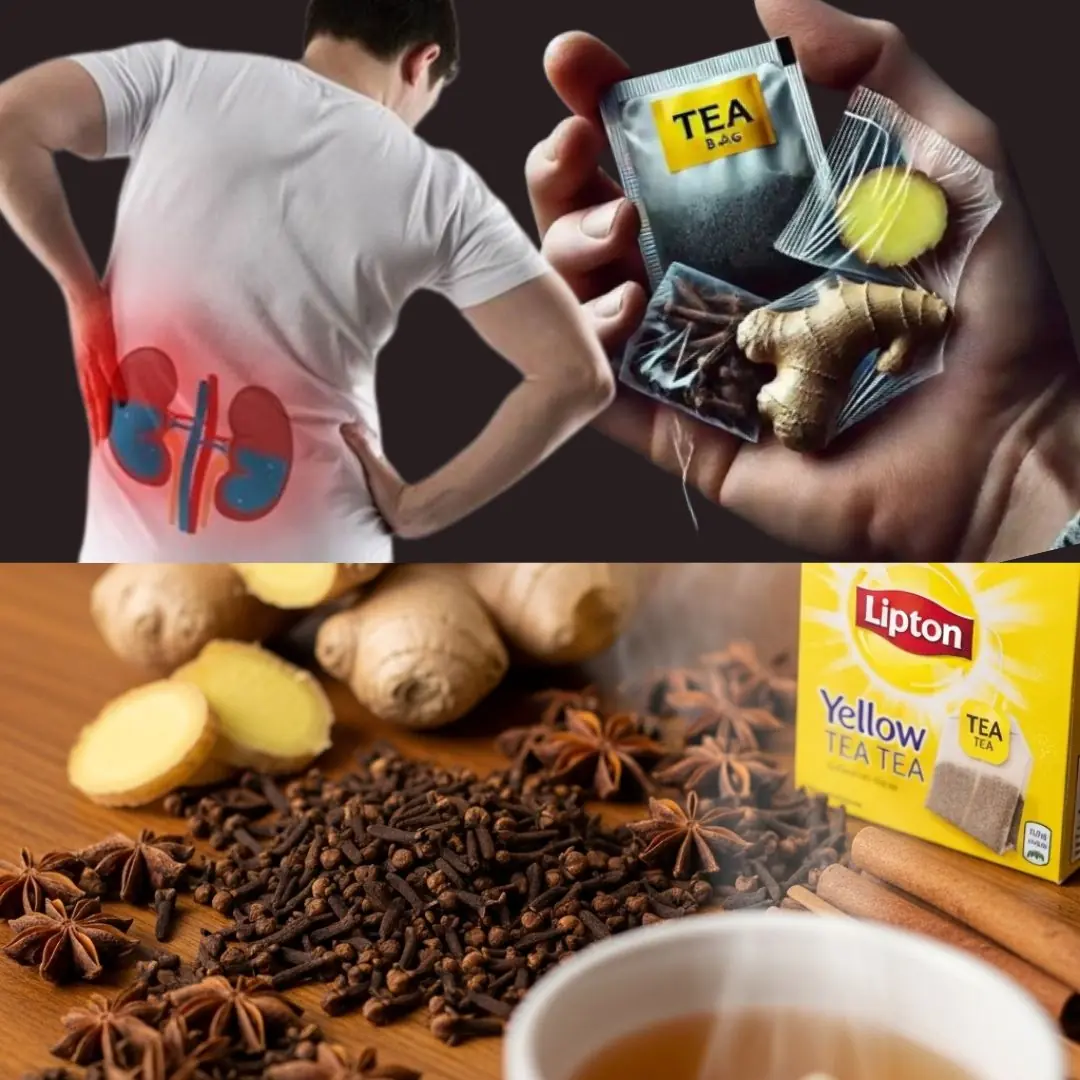
Cloves, Ginger, and Lipton Tea: A Health-Boosting Trio Worth Gold

New Tiny Machine Removes Cholesterol from Arteries Without Surgery

Powerful Simulation Reveals How Cancer Progresses and Ultimately Causes Death

At My Husband’s Birthday Party, My Son Pointed and Said, 'That’s Her. The Same Skirt.'

My Husband Took Me on a Surprise Cruise — But When I Opened the Door, Everything Fell Apart

My Wife Found a Midnight Hobby – It Nearly Drove Our Neighbors Away

I Got Seated Next to My Husband’s Ex on a Flight – By the Time We Landed, My Marriage Was Over

One Day, I Saw a 'Just Had a Baby' Sticker on My Boyfriend's Car — But We Never Had a Baby

Never Throw Away Lemon Peels Again: 12 Unusual Ways to Use Them
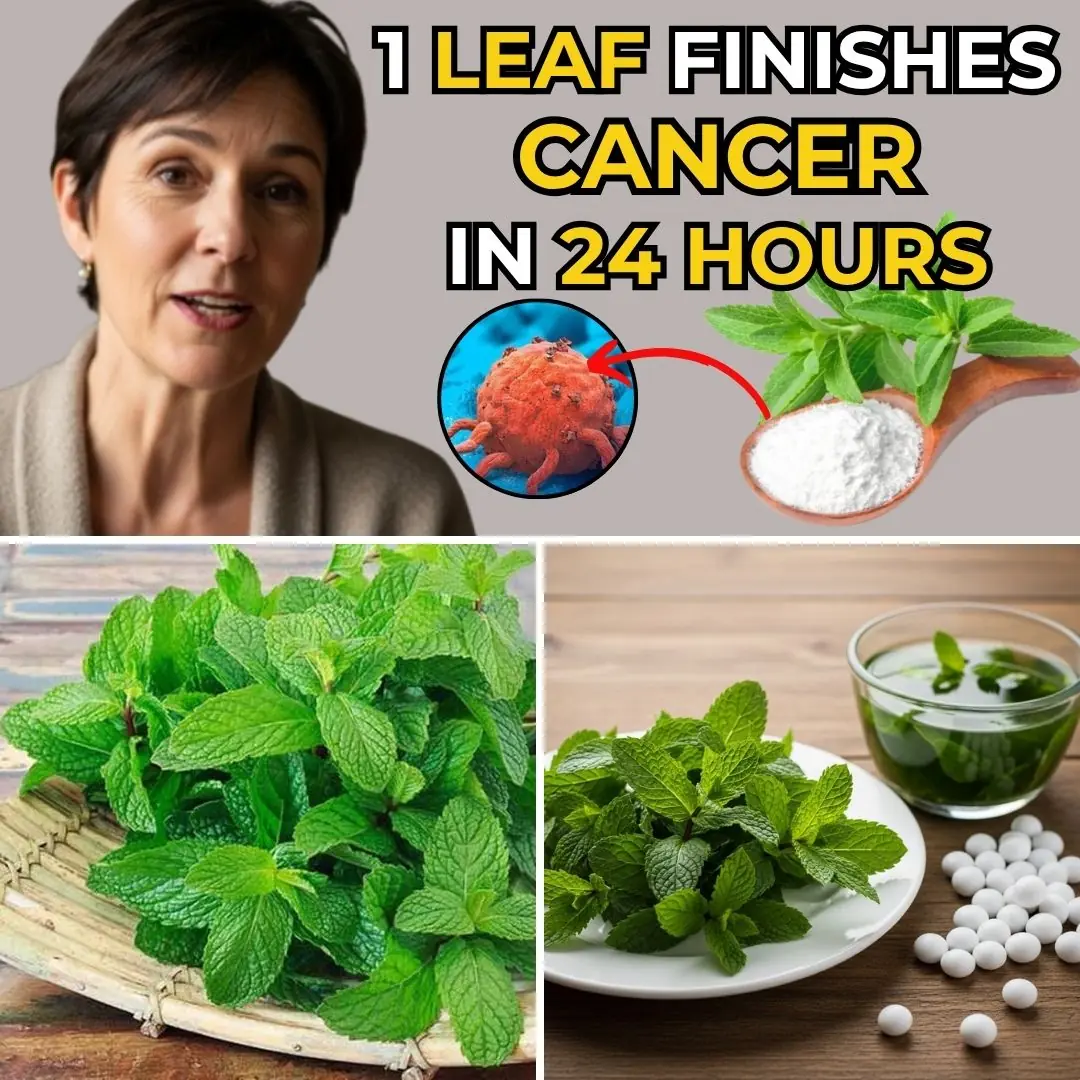
How People Over 50 Can Supplement Fiber for Better Health
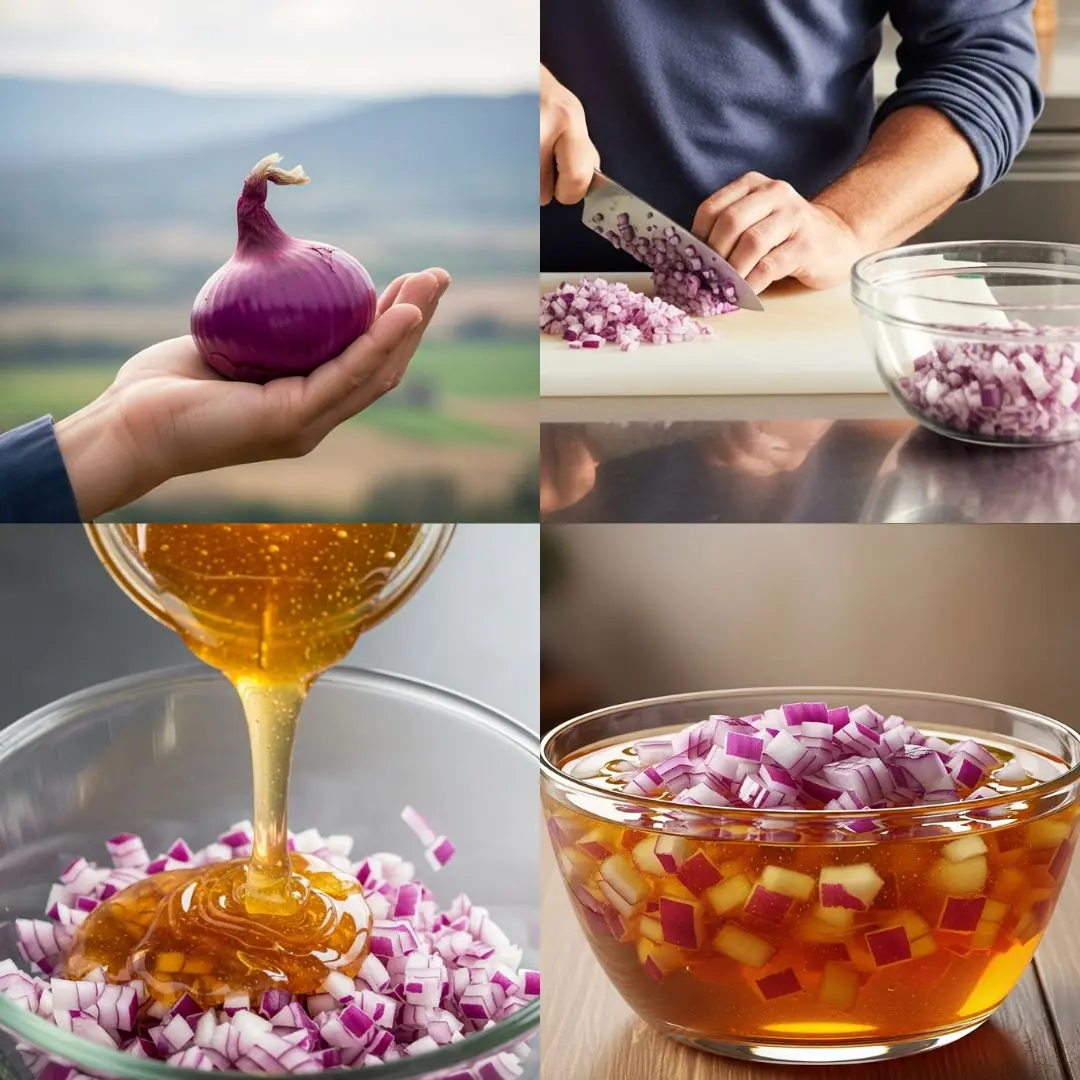
Unleash Your Inner Alpha: The Natural Nighttime Boost You Need
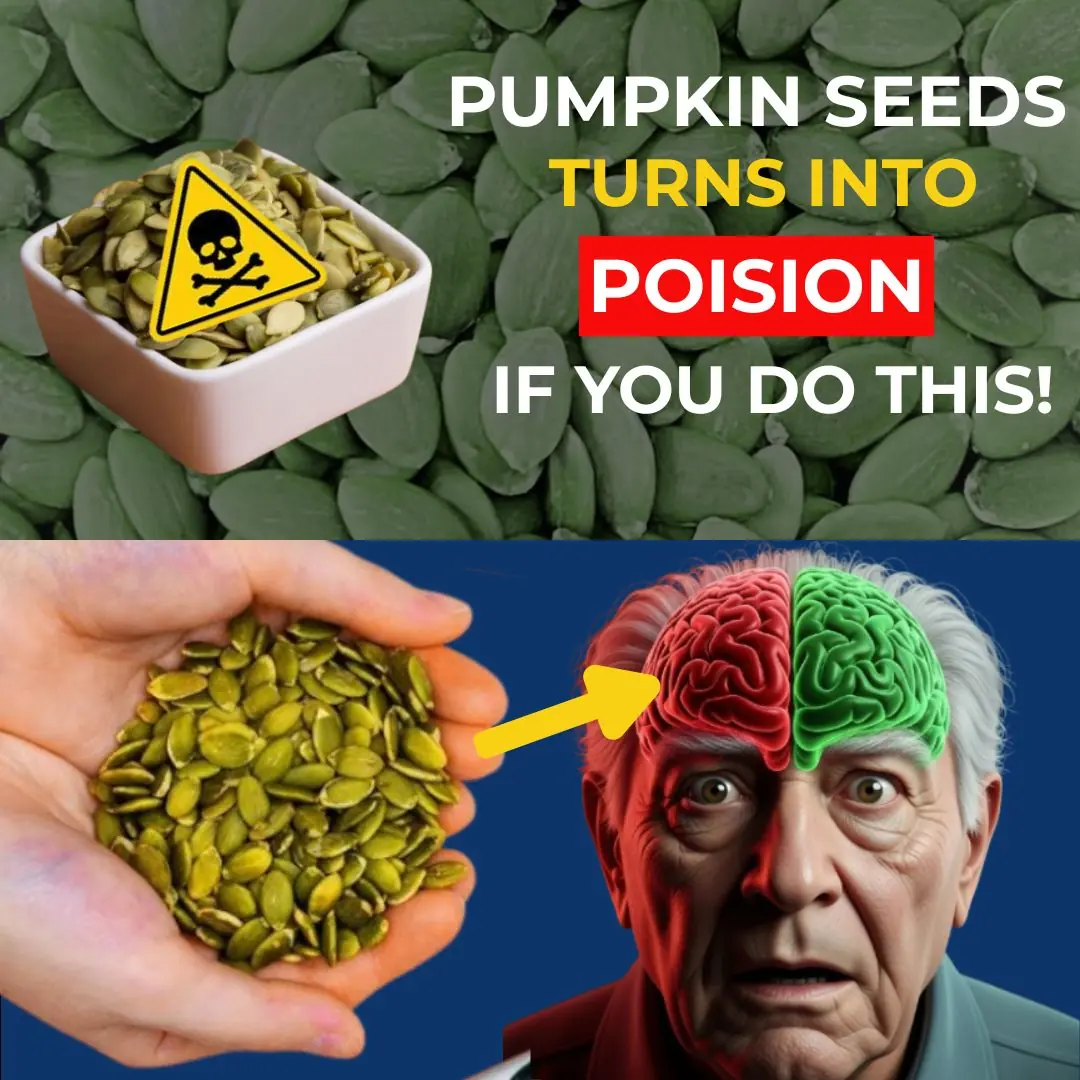
Stop Now! These 8 Pumpkin Seed Mistakes Trigger Irreversible Reactions in Your Body

The photograph of a little boy who became one of the most recognizable men today

Three Family Members Diagnosed with Thyroid Nodules – The Mother Collapses: “I Thought Eating More of Those Two Things Prevented Cancer”

A Family of Four Siblings Diagnosed with Stomach Cancer – Doctor Shakes His Head: Two "Deadly" Common Habits Many People Share

A 49-Year-Old Man Dies of Brain Hemorrhage – Doctor Warns: No Matter How Hot It Gets, Don't Do These Things
